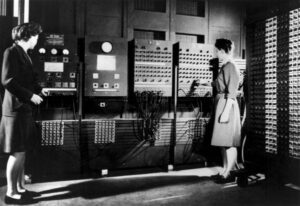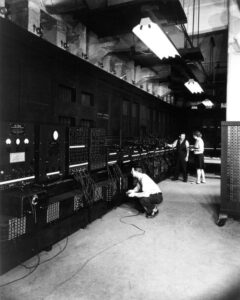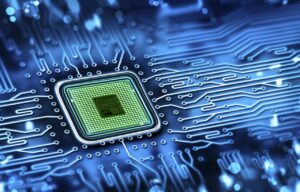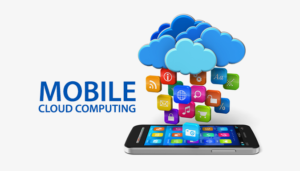Introduction
In the ever-evolving landscape of era, the history of computer systems stands as a testament to human ingenuity and progress. Our journey thru the annals of computing starts with a profound exploration of key milestones and improvements that have shaped the digital world we inhabit today.
 The Birth of Computing
The Birth of Computing
In the early 19th century, visionaries laid the basis for computational devices. Charles Babbage, frequently hailed as the “Father of the Computer,” conceptualized the Analytical Engine, a mechanical wonder designed to carry out complicated calculations. Although never completely found out throughout his lifetime, Babbage’s thoughts sowed the seeds for destiny breakthroughs.
Turing’s Legacy: The Dawn of Electronic Computing
The turning factor in computer records arrived with Alan Turing’s groundbreaking paintings during World War II. Turing’s codebreaking efforts, coupled together with his visionary concept of a commonplace system, propelled us into the digital technology of computing. His theoretical framework laid the muse for the modern-day pc architecture we rely on today.
The ENIAC Revolution
Post-World War II, the Electronic Numerical Integrator and Computer (ENIAC) emerged as the sector’s first preferred-cause digital digital laptop. Developed within the United States within the mid-Nineteen Forties, ENIAC marked a paradigm shift, showcasing the capability of digital computing in scientific and navy packages.

Silicon Valley and the Microprocessor Era
The latter half of of the 20th century witnessed the upward thrust of Silicon Valley as a hotbed for technological innovation. The advent of microprocessors, miniaturized included circuits capable of executing complicated tasks, fueled the private computing revolution. Companies like Intel and IBM performed pivotal roles in ushering on this new era.

Networking the World: The Internet Age
As computers have become greater accessible, the following seismic shift got here with the arrival of the net. Tim Berners-Lee’s creation of the World Wide Web in 1989 transformed computer systems from remoted entities into interconnected nodes, reshaping the manner we talk, work, and get entry to records.

Mobile Computing: A Paradigm Shift
In the twenty first century, the point of interest shifted to cell computing. Smartphones, epitomized through the iPhone’s debut in 2007, delivered computing power to our fingertips. The app ecosystem and cell connectivity became imperative aspects of our day by day lives.

AI: The Future of Computing
Looking ahead, AI Computing looms at the horizon as the next frontier. AI bits, or qubits, keep the promise of fixing complicated problems exponentially faster than classical computer systems. As research and development progress, AI supremacy inches nearer, opening new geographical regions of possibility.

Conclusion
In the end, the evolution of computers spans centuries, from Babbage’s mechanical goals to the quantum capacity of the following day. This article serves as a comprehensive guide, taking pictures the essence of pivotal moments which have sculpted the wealthy tapestry of computer history. As we navigate the virtual landscape, expertise our technological roots will become paramount, making sure we’re prepared to form the destiny.